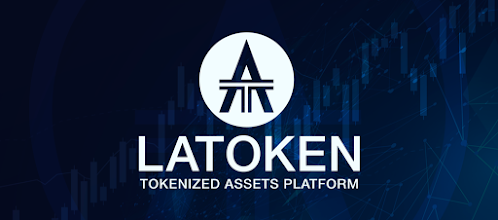Transaction Fees on the ETH Network Are Blowing
Transaction Fees on the Network Are Blowing :
Frightening Development In Ethereum Network: Criminal Detected
Trading on the Ethereum network has never been this expensive. According to data transferred by blockchain analytics firm Glassnode, transaction fees on the ETH network broke a record, and a $ 7 million transaction fee was paid within 24 hours on Thursday. Of course, all of this goes to miners, and miners' income is constantly increasing. So what is the danger of this situation?
Transaction Fees on the Network Are Blowing
It is thought that one of the main reasons for the increase in transaction fees in the Ethereum network, especially since 2020, is decentralized finance (DeFi) applications. Thousands and even millions of people using DeFi applications are clogging the network by making continuous transactions. This situation puts more strain on Ethereum, which is already suffering from scalability problems.
In addition to decentralized cryptocurrency exchanges such as Uniswap, arbitrage bots have also recently caused a serious transaction density. Although many investors thought that the source of this blockage was DeFi applications, it turned out that the real culprit was Tether. In the statement published by Glassnode, it was stated that the biggest blockage was created by Tether.
Although it is stated in the Glassnode statement that arbitrage bots and the DeFi ecosystem also contributed to this congestion, it is also revealed from the data that the biggest reason is Tether. 14% of the transaction fees paid on the Ethereum network in August are due to USDT transfers. The total of other stablecoins on the network barely corresponds to even 1% of the transaction fee pie. The transaction fee of all ERC-20 based tokens in the Ethereum network corresponds to 20% of this total. This includes not only DeFi tokens, but the entire Ethereum network cryptocurrencies.
The Real Killer of the Ethereum Network: Tether
When we look at the gas usage of ERC-20 based tokens, it is seen that the highest usage belongs to Uniswap crypto money exchange. The stock market broke its own trade volume record in July at $ 1.7 billion. Uniswap seems to be the source of 40% of the gas spent among the 20 most active smart contracts this month. It is seen that the ratio of the total of decentralized crypto money exchanges to the amount of gas spent among the 20 most active smart contracts is 50%. This shows that Uniswap achieved the leadership alone here.
If the Ethereum network does not take action against this growing and inflating threat, both the DeFi boom and the rise of ETH could soon be over. Vitalik Buterin has repeatedly emphasized that the solution to this is ETH 2.0. Explaining that he does not make yield farming himself, Buterin warned investors by emphasizing that this is a temporary fashion. ETH 2.0, on the other hand, has the infrastructure to relieve the network, even if the yield farming and DeFi trend continues. With ETH 2.0, Ethereum will now switch to the Proof-of-Stake consensus model and thus eliminate the scalability problem.
Although there is no clear date for ETH 2.0, it is estimated that it will be published before the end of 2020. Buterin had raised hopes by making a similar statement before.






Comments
Post a Comment